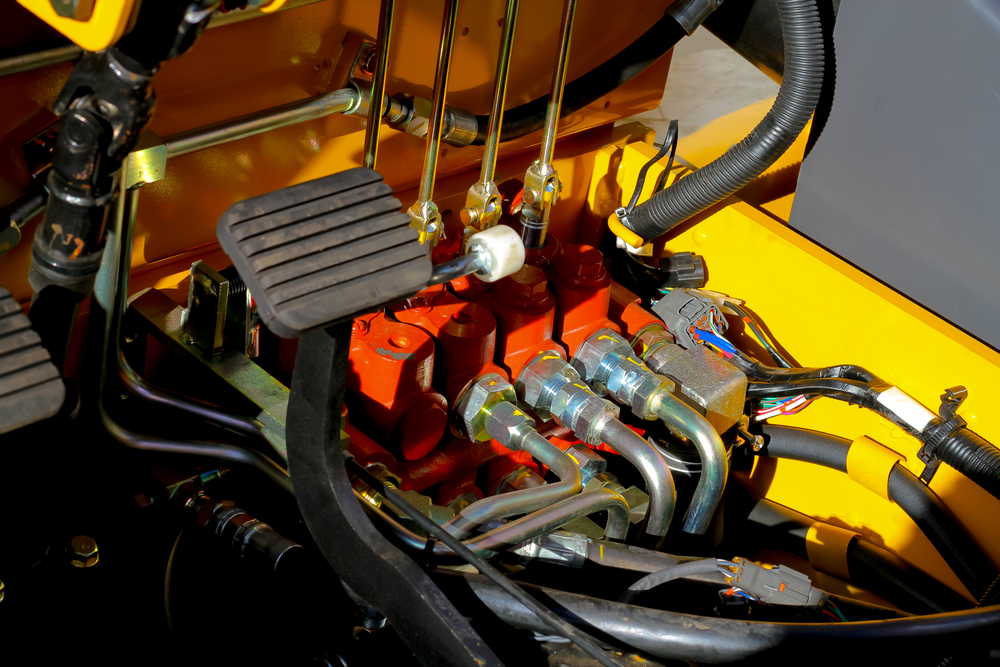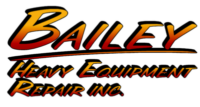Fluid Assets: Why Fall Is the Time to Check Your Heavy Equipment’s Hydraulic Systems

As the leaves start to change and colder mornings become the norm, operators of heavy equipment face a transition period that can significantly impact performance. Fall is more than just a shift in weather. It is a crucial time to prepare machines for the rigors of winter. Hydraulic systems are at the heart of most tractors, excavators, and other large-scale machinery. These systems ensure power transfer, efficient movement, and overall productivity. Neglecting them during seasonal changes can lead to costly downtime and emergency repairs.
For operators in Oregon, particularly in places like Lexington, OR, where temperatures can fluctuate dramatically, fall maintenance is not optional. Cold weather equipment maintenance is essential to keep projects on schedule and prevent dangerous malfunctions. This is why scheduling a hydraulic service in the fall sets you up for success in the months ahead. It ensures that your machines can withstand the demands of freezing mornings, heavy workloads, and longer idle times.
Why Hydraulic Systems Struggle in Cold Weather
Hydraulic systems are sensitive to environmental changes. When temperatures drop, hydraulic fluid thickens. This reduced viscosity makes pumps and motors work harder, leading to sluggish performance or even system strain. A cold hydraulic system can struggle to circulate fluid effectively, resulting in delayed responses and inefficient power delivery. For heavy equipment, this means slower lifting, jerky steering, and reduced reliability.
Hydraulic hoses also face seasonal stress. As rubber and synthetic materials contract in the cold, they become brittle. Small cracks that went unnoticed in summer can quickly worsen when freezing temperatures put the system under pressure. This is a leading cause of hydraulic failure in cold weather. Preventing hydraulic failure in cold weather is possible only through proactive inspection and servicing.
Fall offers a window of opportunity. A hydraulic fluid check for fall gives technicians a chance to replace contaminated or degraded fluids with blends designed for low-temperature operation. Filters, seals, and hoses can be inspected and replaced before winter exacerbates small vulnerabilities. For tractor hydraulic system repair and other heavy equipment services, waiting until January often means facing breakdowns when your equipment is needed most.
The Value of Preventive Hydraulic Repair and Service
Preventive maintenance is always more cost-effective than emergency repairs. A scheduled hydraulic repair or service call in the fall can save thousands in downtime and replacement costs. More importantly, it keeps crews safe and projects on track.
Hydraulic service is not just about fluid replacement. Technicians conduct pressure checks, clean reservoirs, and examine return lines for contamination. They inspect pumps for leaks, test cylinder seals, and verify that relief valves are working properly. When minor wear and tear are identified early, repairs can be made without disrupting operations.
In Oregon, where agriculture, forestry, and construction industries rely heavily on machinery, fall maintenance for hydraulic hoses and components is essential. The unpredictable weather can quickly expose neglected issues. Proactive hydraulic service keeps tractors in the field, excavators digging, and loaders moving material even as the temperature dips.
For operators in Lexington, OR, local hydraulic repair services are attuned to the challenges of cold weather equipment maintenance in the Pacific Northwest. They know which fluid formulations handle regional temperature swings best, and they stock the hoses, seals, and components most likely to fail under stress. This local expertise ensures that equipment is not just repaired but prepared for the conditions it will face.
Key Steps in Fall Hydraulic System Maintenance
A thorough hydraulic service in the fall follows a systematic approach. The first step is a complete hydraulic fluid check for fall readiness. Old or contaminated fluids lose their protective qualities, allowing moisture and debris to damage sensitive components. Replacing the fluid ensures smooth operation and prevents ice crystals from forming inside the system.
Next, technicians evaluate hoses for signs of wear. Even minor abrasions can lead to sudden failures in freezing conditions. Fall maintenance for hydraulic hoses often includes replacing older lines with reinforced versions that can handle temperature extremes. This reduces the risk of downtime and ensures equipment reliability throughout the winter.
Cylinder seals and fittings are inspected for leaks. A hydraulic system under pressure cannot afford even minor leaks in cold weather, as reduced efficiency compounds performance issues. Relief valves and pumps are calibrated to confirm they can handle higher resistance from thicker fluid. Finally, filters are changed to prevent contamination from clogging lines.
These steps are not just mechanical tasks. They represent a safeguard for productivity. Preventing hydraulic failure in cold weather ensures that operators can focus on the job instead of worrying about breakdowns. Each service detail translates directly into fewer delays, reduced repair costs, and safer working conditions.
Long-Term Benefits of Fall Hydraulic Preparation
While fall maintenance may seem like just another seasonal checklist item, its benefits extend far beyond the immediate months. Equipment that receives proper hydraulic service in autumn experiences less wear and tear during winter. This leads to longer component lifespans, fewer emergency service calls, and lower total cost of ownership.
For contractors and farmers alike, properly maintained equipment maximizes uptime. A tractor hydraulic system repair completed in the fall prevents mid-winter failures that could delay planting or harvesting. Construction companies benefit from uninterrupted schedules even when conditions are harsh.
In communities like Lexington, OR, where heavy equipment is often the backbone of economic activity, hydraulic service is a strategic investment. It supports not only machinery performance but also business continuity. Clients notice when contractors show up on time, and farms thrive when harvests are not delayed by avoidable breakdowns.
Fall hydraulic preparation also contributes to operator safety. A well-maintained hydraulic system reduces the risk of sudden equipment malfunctions that could endanger workers. From controlled bucket lifts to reliable steering, safety and efficiency go hand in hand with seasonal service.
Conclusion
Hydraulic systems are the lifeblood of heavy equipment. Without them, tractors, excavators, and loaders would be immobile. As fall sets in, the need for hydraulic service becomes clear. Cold weather equipment maintenance is not just a recommendation. It is a requirement for ensuring safe, efficient, and reliable operations through winter.
For operators in Oregon and towns like Lexington, OR, preventive hydraulic repair and service is the smart choice. A hydraulic fluid check for fall, inspection of hoses, and timely tractor hydraulic system repair prevent costly downtime and extend equipment life. By addressing small issues before they grow, businesses safeguard their productivity and profitability.
Fall is the season of preparation. Just as farmers prepare fields and contractors plan winter schedules, equipment owners must prepare their hydraulic systems. Investing in fall maintenance for hydraulic hoses, pumps, and fluid is not an expense. It is a strategy to prevent hydraulic failure in cold weather and ensure heavy equipment is ready for the demands ahead.
